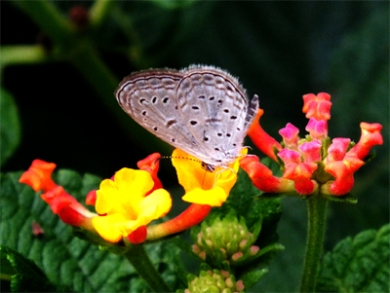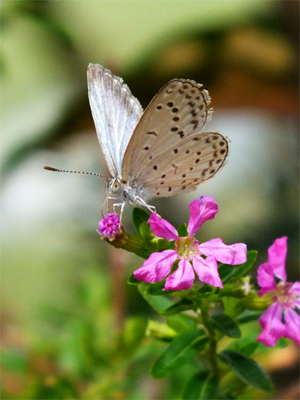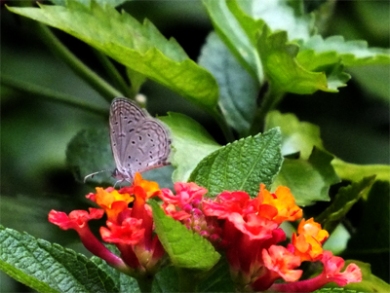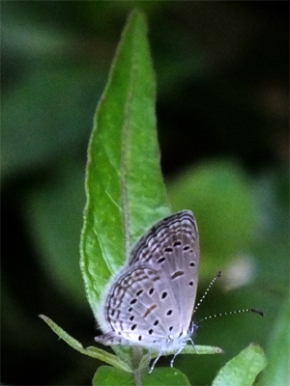Pennisetum is a genus of grasses in the family Poaceae, native to tropical and warm temperate regions of the world. They are known commonly as fountain grasses.
They are annual or perennial grasses. Some are petite while others can produce stems up to 8 meters tall. The inflorescence is a very dense, narrow panicle containing fascicles of spikelets interspersed with bristles. There are three kinds of bristle, and some species have all three, while others do not. Some bristles are coated in hairs, sometimes long, showy, plumelike hairs that inspired the genus name, the Latin penna [feather] and seta [bristle].
The genus includes pearl millet [Pennisetum glaucum], an important food crop. Napier grass [Pennisetum purpureum] is used for grazing livestock in Africa. African fountain grass [Pennisetum setaceum] is used as an ornamental plant.
Photos: Gardens by the Bay, Flower Dome, Singapore [20140630]
Source: Wikipedia



















